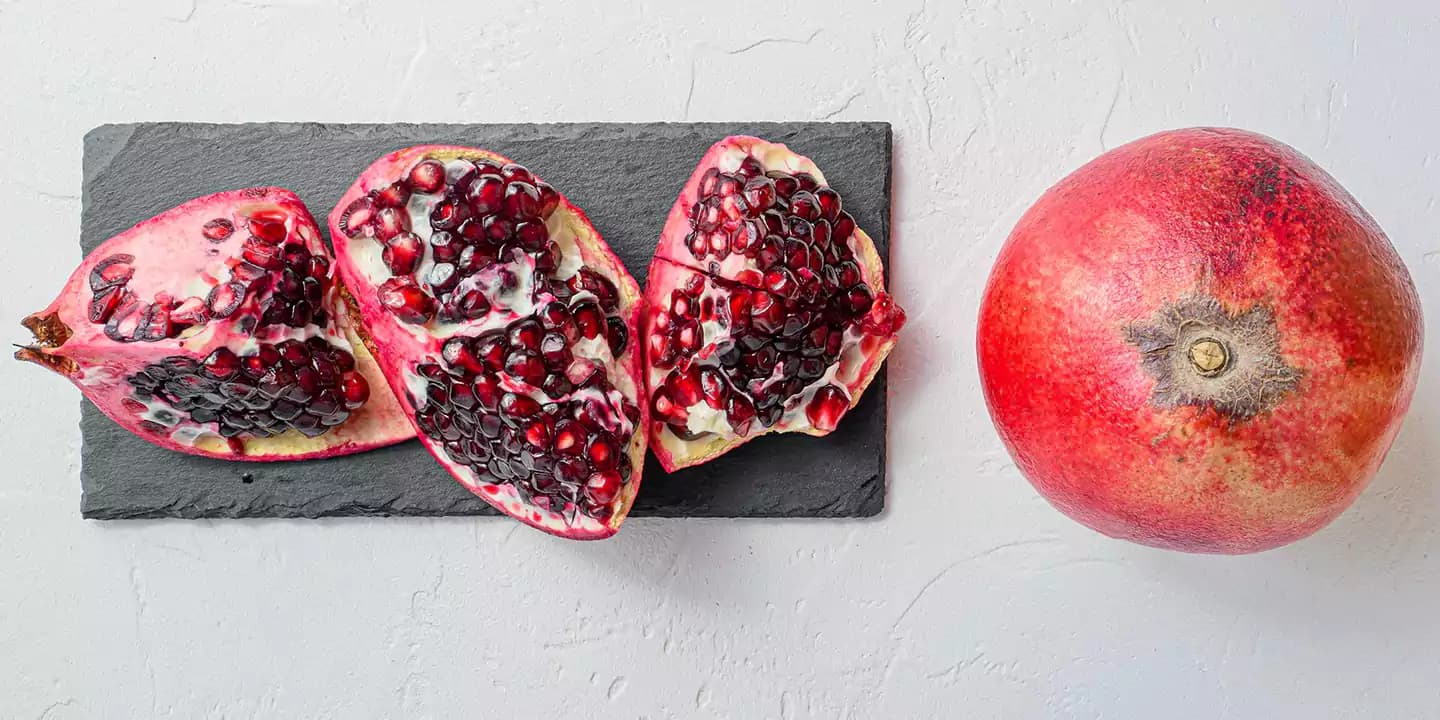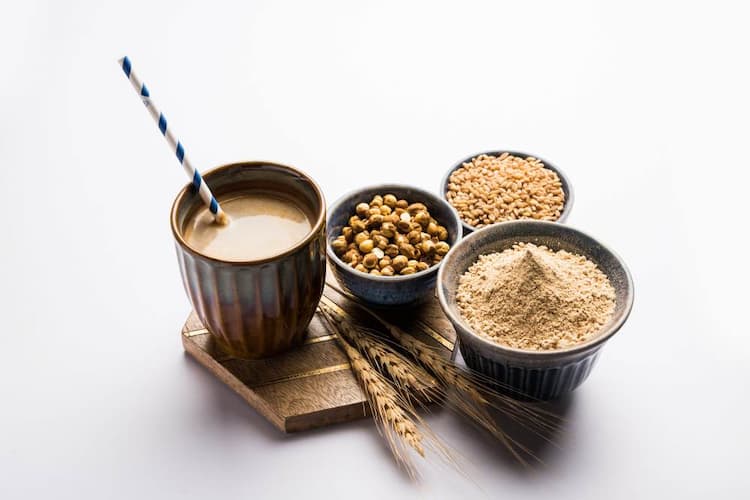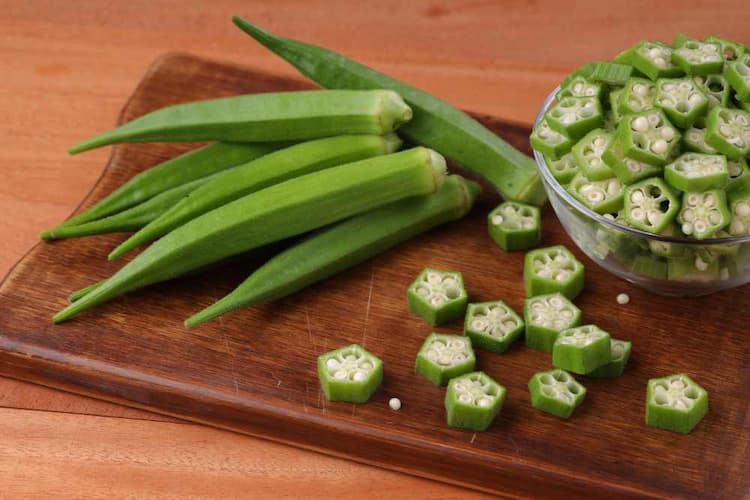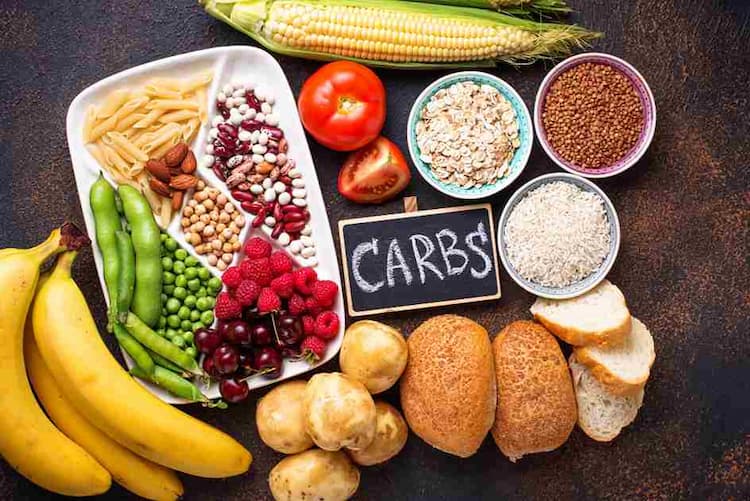Food to Increase Hemoglobin: Know the List

Medically Reviewed By
Dr. Ragiinii Sharma
Written By Prekshi Garg
on Nov 10, 2022
Last Edit Made By Prekshi Garg
on Mar 18, 2024

Due to our sedentary lifestyle, constant stress, and hectic pace of life, health problems are a typical occurrence. The lack of haemoglobin is among the most prevalent diseases that affect people. It may result in a condition called anaemia. In India, anaemia is one of the main health concerns. According to the Global Nutrition Report 2017, over 51% of Indian women of reproductive age, namely those between the ages of 15 and 49, are anaemic. Girls have much lower haemoglobin counts than men their age. The government has resolved to implement specific plans to eradicate anaemia in India in reaction to this. Read on to find out about haemoglobin, how to increase haemoglobin in a week and veggies and fruits to increase haemoglobin.
How Does Haemoglobin In Our Body Work?
Transporting oxygen from the lungs to the body's cells is the main job of red blood cells. Haemoglobin, the protein found in RBCs, is in charge of transporting oxygen to make sure that live cells function properly. Along with carrying oxygen to the entire body, it also transports carbon dioxide out of the blood cells and into the lungs for evacuation. According to some estimates, haemoglobin transports 97% of the oxygen from the lungs to the blood, while the remaining 3% is dissolved by plasma. Haemoglobin is a very crucial protein that is essential for the maintenance of good health. Then how to maintain its levels? How to increase blood in the body?
How Much Haemoglobin Is Needed By An Adult Human?
A male should have between 13.5 and 17.5 grams of haemoglobin per deciliter, whereas a female should have between 12.0 and 15.5 grams. The range may change depending on the child's age and gender.
Low haemoglobin
The organs of our body may struggle to receive sufficient oxygen supply as a result of a decline in haemoglobin levels, which can subsequently cause a number of symptoms such as feeling weary or woozy, headaches, shortness of breath, rapid heartbeat, pale complexion, etc. anaemia is a condition which is brought on by the low levels of your blood's haemoglobin levels.
Low haemoglobin counts are below 13.5 grammes per deciliter for men and 12 grammes per deciliter for women, according to the Mayo Clinic.
In India, low haemoglobin levels are extremely typical, particularly in females. Adult women need between 12 and 16 g/dL of haemoglobin, while adult men need between 14 and 18 g/dL. As a result, anaemia can develop if these levels go below average. You should get the blood test - Complete Blood Count (CBC) to determine if you are anaemic or not. Low haemoglobin levels can result from numerous factors, including:
- during pregnancy
- infections of the urinary tract
- iron deficiency anaemia
- liver issues
Additionally, some people naturally have low haemoglobin counts for no apparent reason. Some people have low haemoglobin but show no symptoms.
What Are The Symptoms Of Low haemoglobin?
Most of the time, a modest drop in haemoglobin levels does not result in any symptoms, which is why few people seek medical attention. Low haemoglobin has its own peculiar symptoms that might enable a practitioner to determine the underlying reason, while frequently going unrecognised and untreated. The following are some of the main signs of low haemoglobin levels:
- general weakness and exhaustion
- breathing difficulty
- frequently experiencing dizziness and nausea
- a quick heartbeat
- headache
- a lack of colour and weak nails
- no clotting and effortless bruising
- joint discomfort and brittle bones
- lack of appetite
- tongue soreness
- inability to concentrate and pay attention
It is crucial to take appropriate steps to increase your levels of haemoglobin. To a great deal, your diet can influence the maintenance of adequate levels and synthesis of haemoglobin.
Top haemoglobin Foods That Help You Increase Your haemoglobin Levels
Want to know how to increase blood in the body? Take plenty of meals high in iron and other vital nutrients like folic acid, vitamin C, and others to ensure your blood platelets are in place and if you are thinking of increasing haemoglobin in a week. A list of haemoglobin foods that will help raise levels is provided here.
1. Green Leafy Vegetables: Spinach, mustard greens, celery, and broccoli are good vegetarian sources of iron and can be called haemoglobin increase food as they enhance haemoglobin. It is best to eat cooked spinach because raw spinach has oxalic acid, which may prohibit the body from absorbing iron. If you want to increase your haemoglobin levels, include this green vegetable frequently in one of your daily meals, as it is an abundant natural source of folic acid, vitamin B12 and other essential elements.
In addition to spinach, broccoli is a good source of B-complex vitamins, vitamins A, and C, folic acid and other vital minerals like magnesium and iron. Green vegetables are also a rich source of nutritional fibre and low in calories. Therefore, these can also assist you in improving digestion and weight loss.
2. Beetroot: Beetroots are a great natural source of naturally occurring minerals like copper, phosphorus, iron, magnesium, and vitamins such as B1, B2, B6, B12, and C. The multitude of nutrients in this miracle vegetable helps in boosting haemoglobin levels and promote the regeneration of red blood cells. You can eat it as you please - cooked or raw, like in a salad. As another option, you could even make beet juice.
3. Moringa Leaves: The nutritional value of the moringa leaves is so high that it surpasses that of carrots, oranges, and even milk. Moringa leaves are an abundant source of minerals like copper, magnesium, iron, zinc and vitamins A, B, and C. You can consume moringa leaves by making a paste of finely chopped moringa leaves and adding a spoonful of the jaggery powder. You may regularly consume this churna with breakfast to increase your haemoglobin level and red blood cell count.
4. Raisins, Dates & Figs: Figs are loaded with the health benefits of iron, magnesium, vitamin A, and folate, and they are the fruits to increase haemoglobin. Dates and raisins are sufficiently rich in iron and vitamin C. You may increase your levels of haemoglobin and get rapid energy if you eat a handful of dried dates, figs and raisins in the morning. To raise haemoglobin levels, it's also advised to drink fig milk twice a week before bed. Point to note that such increase blood fruits should only be consumed in moderation by people with diabetes.
5. Sesame Seeds: Consuming black sesame seeds, which are rich in magnesium, copper, zinc, iron, calcium, selenium, folate, vitamin B6 and vitamin E, is another excellent approach to increasing your consumption of iron. They can be soaked in water overnight and consumed the following morning. Around 1 tablespoon of dry-roasted black sesame seeds can be ground with a teaspoon of honey and eaten routinely to increase your iron levels. You can also sprinkle some roasted sesame seeds on your yoghurt, fruit salads, oats and even cereal.
Tips to Increase Your haemoglobin Levels
The majority of low haemoglobin cases can be resolved with straightforward lifestyle adjustments, including eating haemoglobin increase food which is just a balanced diet and exercising frequently. In some circumstances, drugs and iron supplements may be required. Here are a few straightforward recommendations and DIY treatments on increasing blood in the body.
- Fruits to increase haemoglobin: Fruits, including apricots, apples, grapes, bananas, pomegranates, papaya, oranges, and watermelons, are called increase blood fruits, and they are crucial for increasing haemoglobin levels. Apples are among the fruits with the highest iron content, making them a tasty and ideal choice for raising haemoglobin levels. Iron, calcium, protein, and fibre are abundant in pomegranates. Its high nutritional value makes it the ideal option for those with low haemoglobin levels. You can add these fruits to cereal or oatmeal to boost haemoglobin levels, to salads for a touch of sweetness, or to milkshakes, smoothies, or fruit juices. Eat blood fruits that are naturally rich in iron, such as beets, peaches, mulberries, lychees, kiwis, guavas, apricots, and strawberries.
- Consume more iron-rich foods: Foods high in iron include spinach, chicken liver, asparagus, meat, broccoli, green peas, beans, fenugreek leaves, shellfish, ground beef, cauliflower, and tomatoes. You can maintain a normal haemoglobin level by including legumes (such as soy, red kidney beans, chickpeas, black beans, lentils, fava beans, and black-eyed peas), dates, almonds, wheat germ, sprouts, Indian gooseberry, herbs (such as nettle leaves, colocasia leaves), brown rice, whole grains, and sesame seeds in your diet.
- Consume food cooked in iron utensils: Consume food prepared using iron cookware since it contains more iron and is, therefore, more beneficial and potent for persons with low haemoglobin levels.
- Vitamin C Rich Foods are your friends: Despite eating foods high in iron, most people still struggle to keep their haemoglobin levels normal. The body does not absorb iron from the diet, which is the cause. As a result, adding Vitamin C is advised because it facilitates the body's absorption of iron. Incorporate more vitamin C in your diet since it improves the process of your body absorbing iron. Eat more berries, strawberries, gooseberries, oranges, lemons, limes, sweet peppers, tomatoes, grapefruits, and other citrus fruits because they are high in vitamin C. Make it a habit to regularly intake these rich natural sources of vitamin C. Citrus fruits and dark leafy green vegetables are foods that are high in vitamin C.
- Increase the intake of folic acid: Folate and A B-complex vitamins are essential for the creation of red blood cells. Lack of these can cause lowering haemoglobin levels and raise the risk of anaemia. Folic acid-rich diets are therefore suggested for those with low haemoglobin counts. Green leafy vegetables, wheat germ, liver, fortified cereals, rice, peanuts, bananas, sprouts, broccoli, and dried beans are all naturally rich sources of folic acid. Despite being sold over-the-counter (OTC), folic acid supplements should only be taken under a doctor's supervision. The daily intake of folic acid supplements is between 200 and 400 mg.
- Limit your intake of iron blockers: Reduce your intake of foods that prevent your body from absorbing iron, especially if your haemoglobin level is low. Most of us know that calcium is the body's main iron blocker. Calcium supplements should be taken an hour before or after consuming iron since it prevents the body from absorbing iron. Reduce the consumption of haemoglobin foods rich in polyphenols, phytates, oxalic acid and tannins, such as tea, coffee, cocoa, soy products, wine, beer, cola and aerated drinks.
- Include workouts in your daily routine: There is no doubt about the importance of exercise in preserving overall health. Exercise enhances blood circulation, which supports the creation of haemoglobin and maintains your fitness and health. Exercises of moderate to intense intensity have been shown to raise haemoglobin levels in those with iron deficiency anaemia. Your body makes more haemoglobin as you exercise to keep up with the body's rising oxygen needs.
- Consult your doctor about supplements: It is not always possible to treat low haemoglobin counts with food alone. You could require additional treatments or oral iron supplements. In cases where haemoglobin levels are extremely low, doctors may additionally recommend iron supplements. Men should take 8 mg daily of iron supplements, whilst women should take 18 mg daily. However, the dose for expectant mothers is 27 mg per day. One should take no more than 29 mg of supplements daily out of caution since doing so can cause unpleasant side effects like nausea, constipation, and vomiting. It can also result in liver cirrhosis in difficult situations, so speak with your doctor before starting an iron supplement.
FAQs
- What tests are used by medical professionals to identify low haemoglobin?
By drawing blood samples and calculating the amount of haemoglobin present, medical professionals can diagnose low haemoglobin levels. This is a blood test for haemoglobin. Additionally, they might perform haemoglobin electrophoresis or another type of haemoglobin analysis on your red blood cells.
- What impacts the longevity of red blood cells?
Your bone marrow continuously makes red blood cells. Your bloodstream is home to red blood cells for roughly 120 days. Some elements that influence that longevity are as follows:
Increased spleen (splenomegaly)- Your spleen filters red blood cells as they circulate throughout your body. Damaged or dead red blood cells are captured and eliminated by it. Your spleen can enlarge as a result of some illnesses. This results in your spleen accumulating more red blood cells than usual, effectively shortening the lifespan of those cells.
Sickle cell disease- Your haemoglobin is affected by this blood condition.
Thalassemias- These blood conditions interfere with your body's capacity to produce red blood cells and haemoglobin.
Conclusion
If a haemoglobin blood test reveals that your haemoglobin level is lower than usual, this indicates that fewer red blood cells are doing your body's vital job of transporting oxygen. A low haemoglobin level might not require immediate concern. Numerous factors influence haemoglobin levels. Your healthcare professional will explain why you are experiencing this symptom, what it signifies, and how it will be handled if your test results reveal low haemoglobin levels.
Leave a comment
1 Comments
Srinivas
Apr 8, 2024 at 3:20 AM.
6.8 hemoglobin
Myhealth Team
Apr 8, 2024 at 1:33 PM.
A hemoglobin level of 6.8 grams per deciliter (g/dL) can indicate low hemoglobin levels, which may require medical attention. It's advisable to consult a doctor for proper diagnosis and treatment tailored to your health needs.



